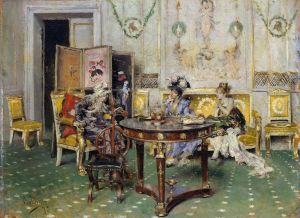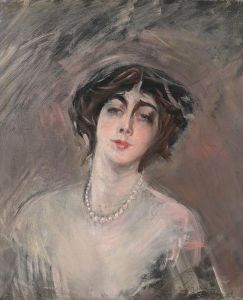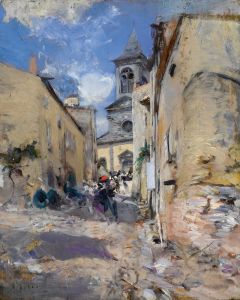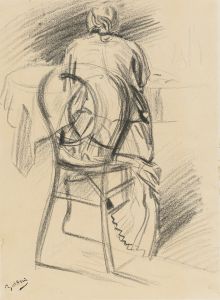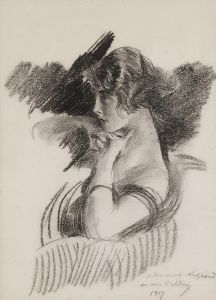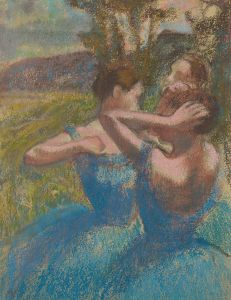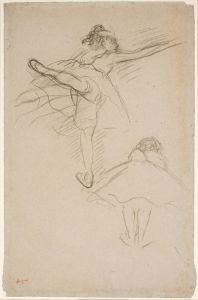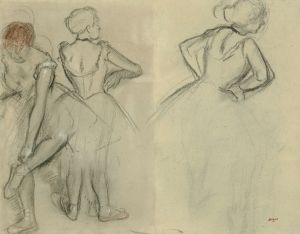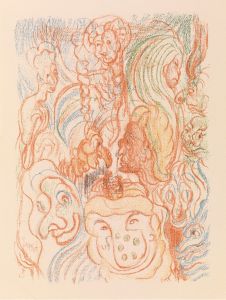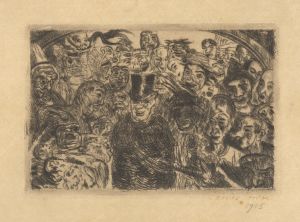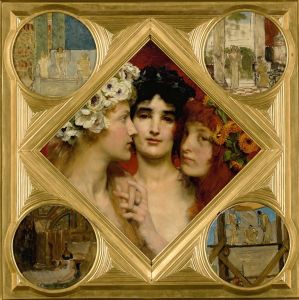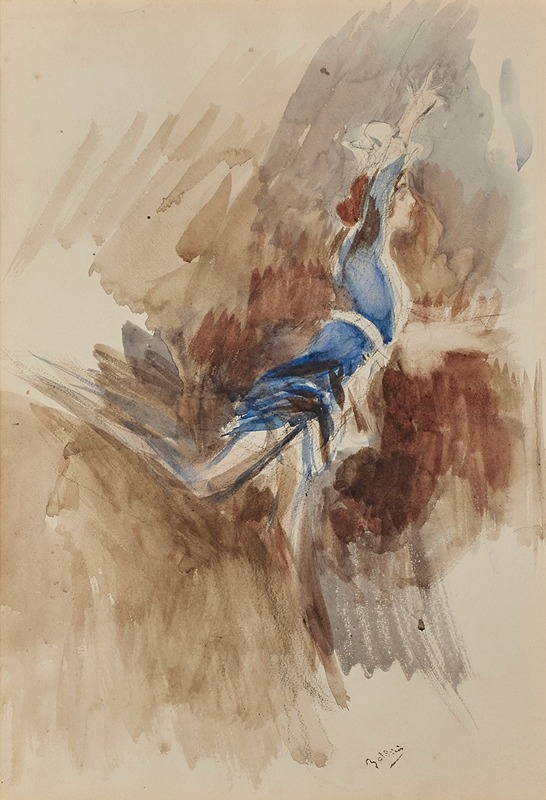
La danseuse
A hand-painted replica of Giovanni Boldini’s masterpiece La danseuse, meticulously crafted by professional artists to capture the true essence of the original. Each piece is created with museum-quality canvas and rare mineral pigments, carefully painted by experienced artists with delicate brushstrokes and rich, layered colors to perfectly recreate the texture of the original artwork. Unlike machine-printed reproductions, this hand-painted version brings the painting to life, infused with the artist’s emotions and skill in every stroke. Whether for personal collection or home decoration, it instantly elevates the artistic atmosphere of any space.
Giovanni Boldini, an Italian painter known for his dynamic and elegant portraiture, created "La danseuse" during the late 19th or early 20th century. Boldini was born in Ferrara, Italy, in 1842 and later became a prominent figure in the Parisian art scene. He is often associated with the Belle Époque period, a time characterized by cultural flourishing and artistic innovation in Europe.
"La danseuse" exemplifies Boldini's signature style, which is marked by swift brushstrokes and a keen ability to capture movement and emotion. This painting, like many of his works, reflects his fascination with the elegance and dynamism of modern life. Boldini's portraits often featured members of high society, capturing their grace and sophistication, and "La danseuse" is no exception.
The painting depicts a dancer, a subject that Boldini explored in various works. His interest in dancers aligns with the broader artistic fascination with the theme during this period, as seen in the works of contemporaries like Edgar Degas. Boldini's approach, however, is distinct in its emphasis on fluidity and the play of light, which imbues the subject with a sense of vitality and immediacy.
In "La danseuse," Boldini employs his characteristic loose and flowing brushwork to convey the dancer's movement. The composition is dynamic, with the dancer's pose suggesting motion and grace. Boldini's use of color and light further enhances the sense of liveliness, capturing the ephemeral beauty of the moment. The background is often rendered in a more abstract manner, allowing the figure to stand out and emphasizing the artist's focus on the subject's form and expression.
Boldini's work, including "La danseuse," was well-received during his lifetime, earning him a reputation as one of the leading portraitists of his era. His ability to blend realism with impressionistic techniques allowed him to create portraits that were both true to life and artistically innovative. This approach resonated with the tastes of the Belle Époque society, which valued both tradition and modernity.
Today, Boldini's paintings are celebrated for their technical skill and their ability to capture the spirit of an era. "La danseuse" remains a testament to his talent in portraying the elegance and energy of his subjects. The painting is part of various public and private collections, reflecting its enduring appeal and the continued interest in Boldini's work.
Overall, "La danseuse" is a quintessential example of Giovanni Boldini's artistry, showcasing his ability to blend movement, light, and color into a harmonious and captivating composition. Through this work, Boldini not only captures the grace of the dancer but also offers a glimpse into the vibrant cultural milieu of his time.





